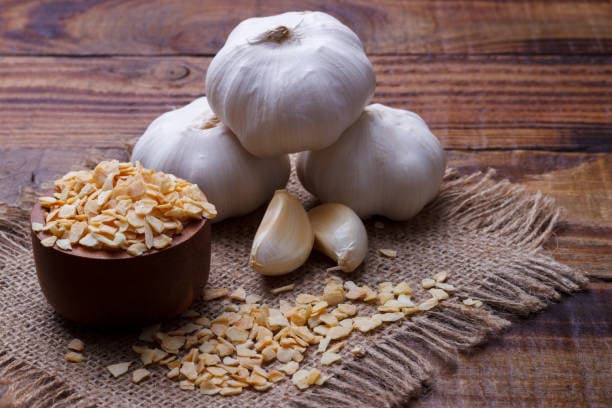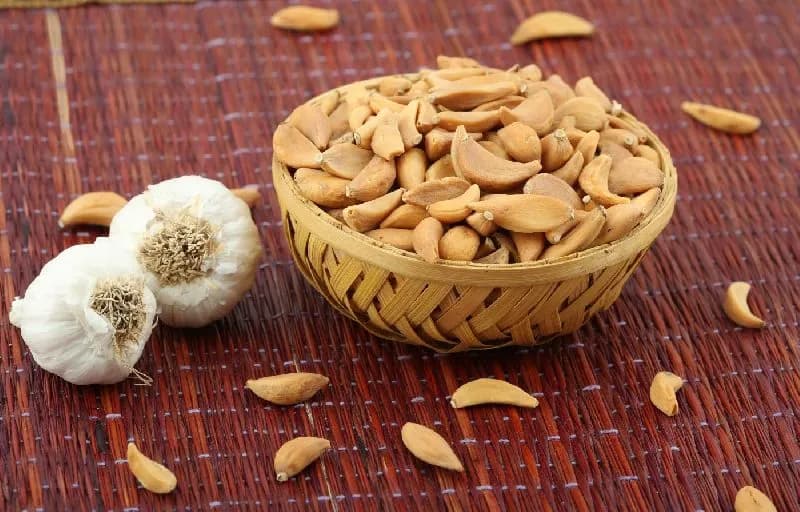Imagine the signature aroma of your biryani, the satisfying crunch atop your gourmet burgers, or the savory depth in your instant noodle seasoning. What’s the common thread? The humble yet powerful fried onion. For any food business be it a restaurant, caterer, or large-scale manufacturer this ingredient is not a mere commodity; it’s a cornerstone of flavor and texture.
Choosing a bulk fried onion supply, however, is a high stakes decision. The right partner can elevate your product and streamline operations. The wrong one can lead to inconsistent batches, soggy textures, and customer complaints that damage your brand. This guide will show you exactly what to look for to ensure you make the right choice.
The Unsung Hero of Commercial Kitchens
Fried onions are the ultimate multitasker, providing a golden touch and deep umami flavor across a huge range of products:
- Ready to Eat Meals: The flavor foundation for countless curries, gravies, and meal kits.
- QSR & Restaurants: The essential topping for biryanis, burgers, hot dogs, and salads.
- Packaged Snacks: A key ingredient in savory mixes, chips, and spice blends.
Given their importance, securing a consistent, high quality supply is not just an option it’s a necessity for product standardization and customer loyalty.
The 5-Point Vetting Checklist for Fried Onion Suppliers
Don’t just focus on the cost per kilo. Use this checklist to evaluate potential suppliers for what truly matters: quality, reliability, and safety.
1. Match the Form to Your Function
A professional fried onion manufacturer will offer specialized cuts for different applications. Know which one you need:
- Fried Onion Kibbled: Coarsely chopped and robust, these are designed to be cooked into dishes, releasing their flavor slowly in gravies and stews.
- Fried Onion Flakes: Thin, light, and crispy. This is your go to for garnishing, providing texture and visual appeal without getting lost in the dish.
- Fried Onion Powder: Finely ground for seamless integration into spice rubs, soup bases, and seasoning mixes where a smooth texture is crucial.
2. Demand Proof of Quality and Safety
This is non-negotiable. Your supplier must be able to prove their commitment to food safety standards. Ask for:
- FSSAI Certification: The baseline requirement for any food operator in India.
- Global Food Safety Initiative (GFSI) Standards: Look for compliance with HACCP or ISO 22000. This shows they adhere to international best practices.
- Clean-Label Promises: Inquire about their process. Are the onions free from artificial additives, preservatives, or excess flour coatings?
3. Inspect the Packaging Integrity
How your onions are packed directly impacts their shelf life and quality upon arrival. Best in class suppliers offer:
- Food-Grade, Moisture-Proof Bags: Typically in 5kg, 10kg, or 20kg sizes for commercial use.
- Nitrogen-Flushing or Vacuum-Sealing: This is a critical feature. By removing oxygen, these methods prevent the onions from going rancid and preserve their crispiness for months.
4. Verify Shelf Life and Storage Protocols
A premium fried onion supply, when produced and packaged correctly, should have a shelf life of 12 to 18 months. Ask your supplier for clear “Manufactured Date” and “Best Before” labeling.
For your own storage, follow the golden rule: cool, dry, and airtight. Once a bulk bag is opened, transfer the contents to sealed containers to protect them from humidity the ultimate enemy of crispiness.
5. Gauge Reliability and Scalability
Your business needs a supplier who can grow with you. Assess their operational capacity:
- Can they handle your monthly volume requirements without delays?
- What is their standard order fulfillment time?
- Do they have a proven track record? Ask for client testimonials or references from businesses of a similar scale.
A reliable partner ensures your production line never has to stop because of a supply issue.
Conclusion: A Partnership for Flavor and Growth
Sourcing bulk fried onions is more than a simple transaction; it’s a strategic partnership. Your supplier’s commitment to quality, safety, and consistency directly reflects on your final product. By looking beyond the price tag and using this checklist to vet potential partners, you are building a resilient supply chain that serves as the foundation for delicious food and a thriving business.
Your Top Questions Answered
Q1: When should I choose kibbled onions over flakes?
A: Use this simple rule: cook with kibbled and garnish with flakes. Kibbled onions are sturdy enough to withstand cooking in gravies, while flakes provide the perfect crispy finish on top of a dish like biryani.
Q2: How can I maximize the freshness of an opened bulk bag?
A: Air and moisture are the enemies. Once you open a large bag, immediately transfer the onions to smaller, airtight containers. Store these containers in a cool, dark place away from any humidity or direct sunlight.
Q3: What makes nitrogen-flushed packaging superior?
A: Nitrogen is an inert gas. By flushing the package with nitrogen, the supplier displaces oxygen. This prevents the fats in the fried onions from oxidizing, which is what causes them to go stale and lose their crunch. It’s a key indicator of a high-quality product.
Q4: Where are the best regions in India to source bulk fried onions?
A: The Mahuva region in Gujarat is known as the “Kashmir of Saurashtra” and is one of India’s largest hubs for onion cultivation and dehydration. Sourcing from verified fried onion suppliers in this area often means you’re getting products directly from the heart of the industry.





